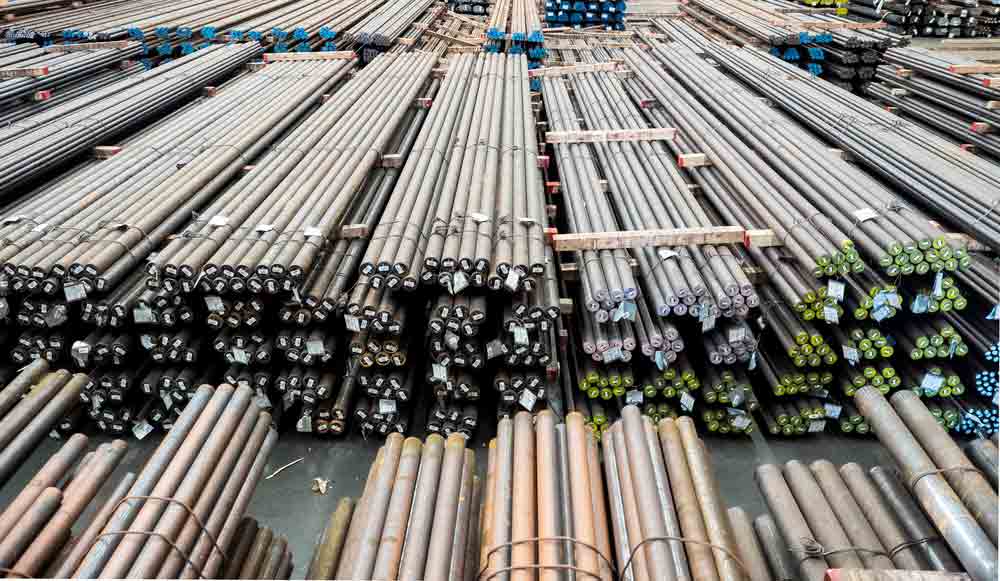return to Blog

Steel is one of the most versatile building materials and so is found in a variety of structures and functions. It can come in many different shapes and forms, but not all types can be used for all purposes. At Top End Steel Supplies, we offer an extensive range of steel products for all of your construction needs, but which are the best? It is difficult to answer this question because every type of steel has a unique function and has different benefits and drawbacks depending on what it is being used for. In this blog, we will run down some of the most commonly used steel in construction and their benefits.
Structural angled steel sections can be found in both equal and unequal forms. Unequal sections are different from equal in that they have a different sized axis, making them L-shaped. They are both right-angled, however, making them very strong and durable with a high strength to weight ratio. This structural steel type is mainly used in infrastructure and residential construction because it is so versatile, available in many sizes and lengths depending on its purpose. This is often used for making frames and can be customised, meaning you will come across many different forms of angled steel.
Rectangle hollow sections have a rectangular cross-section, meaning they have a flat surface which is ideal for joining purposes and metal fabrication, commonly used for construction steel applications in architecture. They are used where lightweight, airy structures are required due to their strong strength to weight ratio and weldability. These tend to work better than square hollow sections (often found in columns and posts) in construction because these are unsuitable for beams due to being difficult to meld into different shapes.
Tubular steel has circular, hollow cross-sections, meaning they have a very high resistance to torsion. The walls are thick and so the tubular steel remains strong, meaning it is used in residential and commercial buildings for things such as stairways and railings. It can also be used to support roofs, ceilings and other support structures, as well as for aesthetic purposes.
These are commonly used in construction for structural purposes because they have strong load-bearing capabilities and, as their names suggest, can be used in a multitude of ways. Universal beams also use specific names to help you determine what they are used for – H-beams and I-beams are named after their shape. I-beams stand upright and H-beams stand on the side.
To turn to specific types of steel, mild steel is among the most common. This is because it has a low price tag while maintaining great versatility. Mild steel is flexible meaning it doesn’t crack when bent, so it is ideal for when large quantities of steel are needed for frames in construction. It is not just ductile, but machinable and weldable too. It contains between 0.05% and 2.1% of carbon, making it harder and stronger, plus with a lower melting point. For this reason, it is also known as carbon steel.
At Top End Steel, we provide all of these types of steel and steel products, plus so many more, so get in contact today by calling 08 8931 0055 or visiting the store. We can help you choose which is the best for your needs and even give you a free quote and deliver straight to your doorstep.